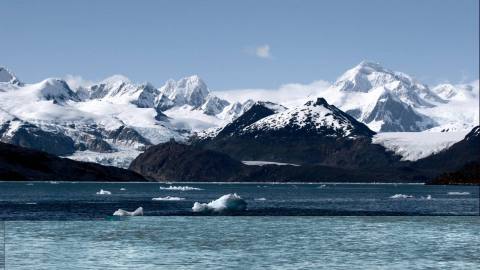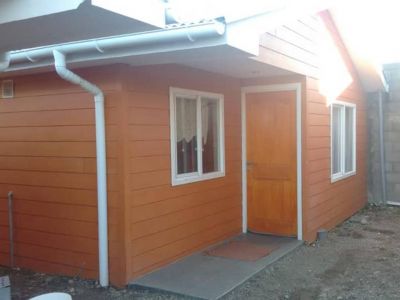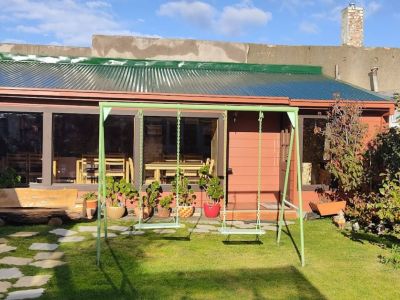Majestic mountains, imposing ice fields, a fascinating sky, the cold waters of the Magallanes Region await us when embarking in Bahía Carrera, 50 km south of Punta Arenas, introducing us through the southernmost strait of Chile. But there is something else in that mystery of the end of the world. The sanctuary of humpback whales, a natural spectacle. It all depends on your curiosity, maybe you have an incredible sighting of numerous playful whales a few meters from the boat or you are dazzled at the last minute with the 40 tons that rise in front of your eyes as a greeting.
Whales Sanctuary
Punta Arenas is the beginning of this trip to the natural paradise of whales. The expedition is introduced through the Strait of Magellan, the southernmost region of the continent.
Marine park
From Punta Arenas you can access the Francisco Coloane Marine Park through Cape Froward, which has been the path chosen by Fernando de Magallanes, pioneers and settlers, corsairs and pirates, and navigators of all sizes. Here we are in the southernmost point of the continent, between fjords and channels of the most infinite beauty. The first point of interest is Fort Bulnes, a landmark of Chile, one of the first settlements of colonizing policies on the Strait of Magellan that later gave rise to Punta Arenas in 1848. The Francisco Coloane Marine Park has a surface area of 67,000 hectares and runs along the Jerónimo Canal, the Tortuoso Pass, the Santa Inés Island and its glacier, the Rupert Islet, the Barbara Channel, the Shag Pass, the Ice Seno and the Whale Seno. The Carlos III, Santa Inés, Riesco islands are the most anticipated landscape scenario. On their rugged shores sea lions take their lethargic nap while the Magellanic penguins make their colorful display towards the sea. Magellanic coihues, cypresses and cinnamon sticks out as representatives of that magnificent biodiversity of coastal forests. The ice blocks of the Santa Inés snowdrift float in the icy waters of the Seno Ballena. Numerous fjords with extensive vegetation are the natural habitat of the leopard seal, cormorants and black-browed albatrosses. The most charismatic presence does not wait. Accompany your trip in an eternal return of nature that brings them back from the tropical lines of Ecuador to find food and shelter in the waters of the Magallanes Region. Their walking lives pass between these feeding and resting areas and the breeding areas in warmer latitudes. Their games begin timidly until they have their captive audience. In the southern summer, the reserve is home to humpback whales that take refuge in the surroundings of Carlos III Island and the Whale Sine. Fortunately, the population of whales increases year by year, so which also the regulatory framework for sustainable tourism was put in place to make these whale and dolphin watching tours possible in a unique place in the world. Other animals characteristic of the marine reserve are the right whales, sei and minke Antarctic whales, the southern dolphin and the overa tonina. The expeditions leave by transfer from Punta Arenas, in the early morning. Wear warm and waterproof clothing. The marine park is one of the privileged places of the Pacific Ocean to marvel at whales, penguins and glaciers. Miriam Coronel
Solo Expediciones
Contact of the excursion or tour
Solo Expediciones
José Nogueira 1255, Punta Arenas, XII Región, Chile
Cell Phone: +56 75532170































